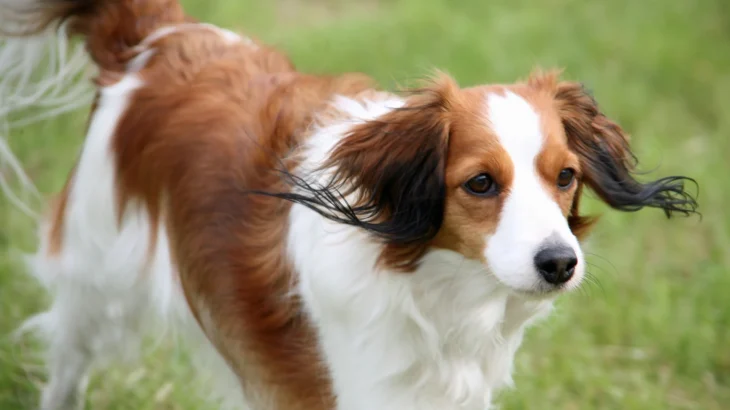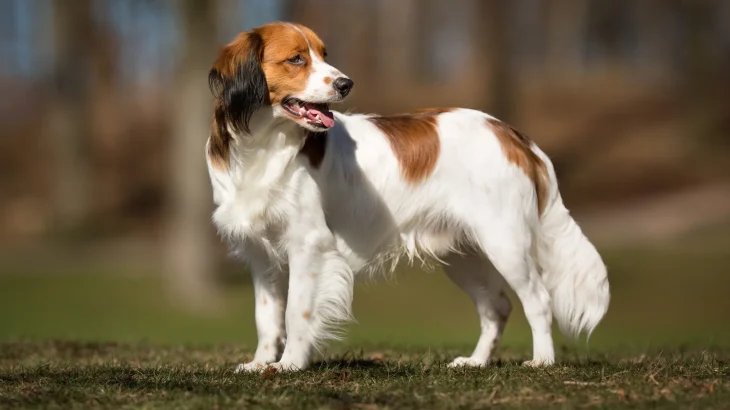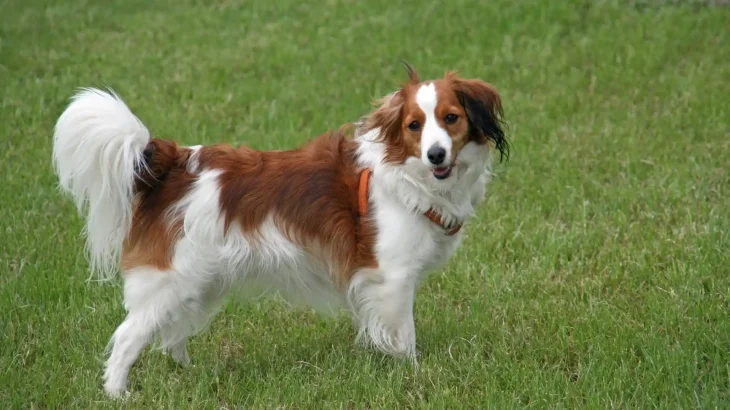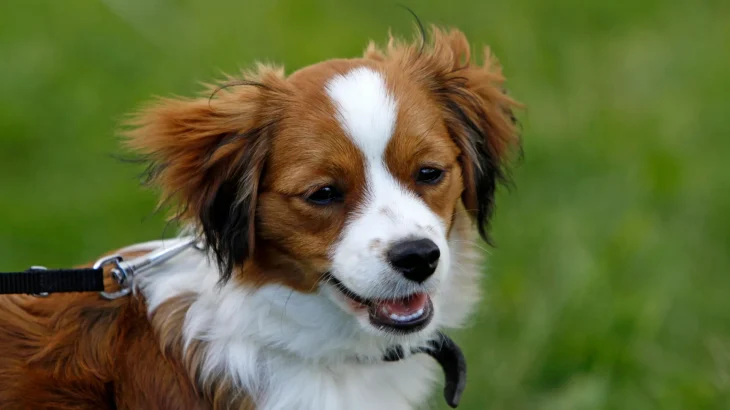Choosing between adopting or purchasing a Kooikerhondje puppy depends on your priorities about health history, cost, and ethical considerations. Buying from a reputable breeder usually provides more info on the puppy's background and pedigree, while adopting supports animal welfare and is often less expensive.
Adoption vs. Breeder: Pros & Cons
| Criteria | Buying from Breeder | Adopting from Shelter/Rescue |
|---|---|---|
| Cost | Higher initial cost due to breed demand and pedigree. | Lower fees, often including vaccinations and spay/neuter. |
| Health History | Detailed health records and genetic screening usually available. | Health history may be limited; basic health checks often done. |
| Age Availability | Puppies mostly available, allowing early bonding and training. | Various ages available, including adults and seniors. |
| Temperament Insight | Breeders provide lineage temperament info, aiding expectations. | Shelter staff may offer behavior observations; background less certain. |
| Supporting Practices | Supports ethical breeding when choosing reputable breeders. | Supports rescue efforts and gives homes to dogs in need. |
| Breed Purity & Pedigree | Guaranteed breed purity with pedigree documentation. | Breed may be mixed or uncertain; pedigree usually unavailable. |



















































